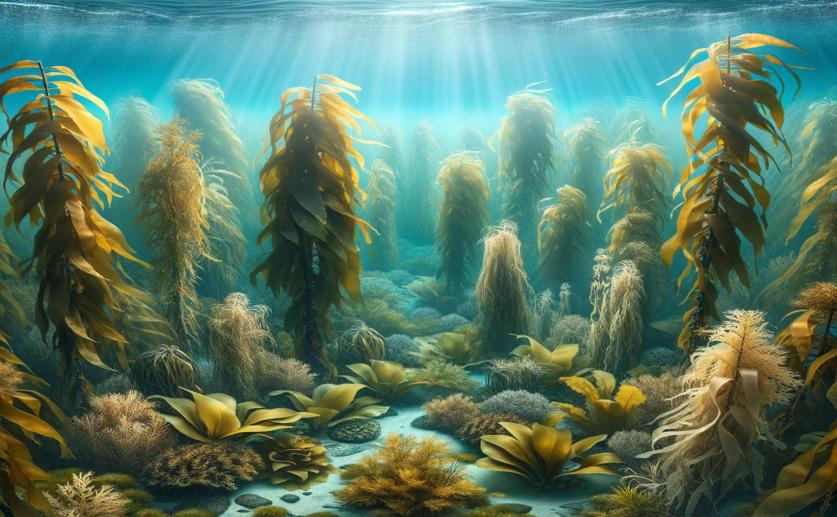
Decline in Kelp Forests Lowers Seaweed Diversity
Jenn Hoskins
11th March, 2024

Image Source: Natural Science News, 2024
Key Findings
- Study from Universidad de A Coruña shows kelp forest decline impacts species distribution
- Traditional biodiversity measures (α-diversity) didn't show a difference between healthy and degraded kelp forests
- Spatial diversity (β-diversity) was lower in degraded forests, indicating a loss of ecosystem complexity
References
Main Study
1) Kelp forests collapse reduces understorey seaweed β-diversity.
Published 8th March, 2024
https://doi.org/10.1093/aob/mcad154
Related Studies
2) Metrics matter: Multiple diversity metrics at different spatial scales are needed to understand species diversity in urban environments.
3) Foundation species canopies affect understory beta diversity differently depending on species mobility.
4) Simplification, not "tropicalization", of temperate marine ecosystems under ocean warming and acidification.



 10th March, 2024 | Jim Crocker
10th March, 2024 | Jim Crocker